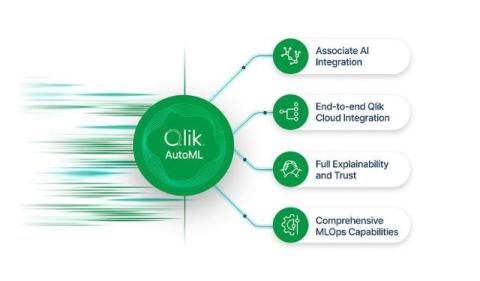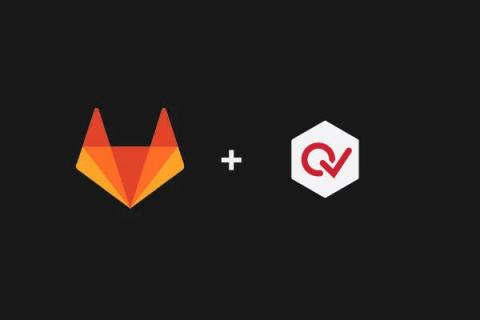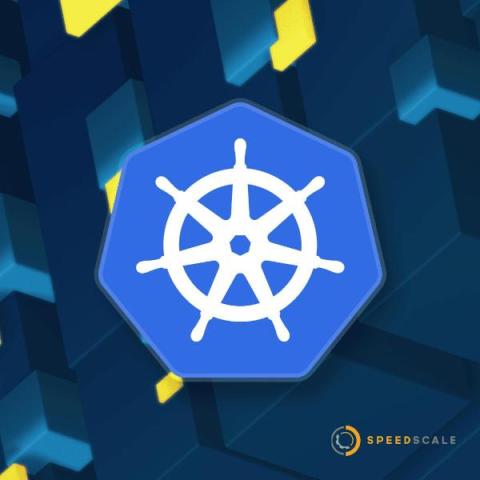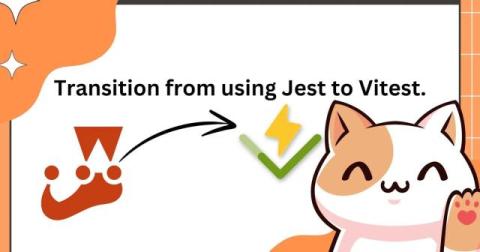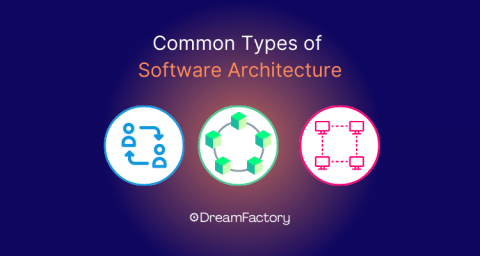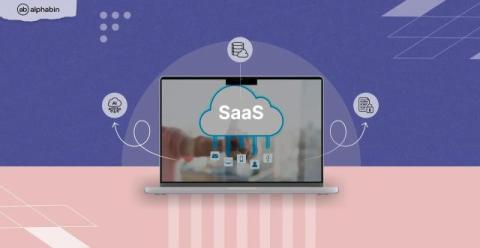Q&A with Bitrise's CSO on Gartner's Magic Quadrant: What's next for DevOps?
The DevOps landscape continues to evolve rapidly. As more organizations embrace DevOps to stay competitive, the landscape is shifting to include more diverse players and specialized offerings. But what's next for the space? Gartner's latest Magic Quadrant for DevOps Platforms report highlights the latest developments and standout players in the space, including Bitrise's growing impact on mobile DevOps.




